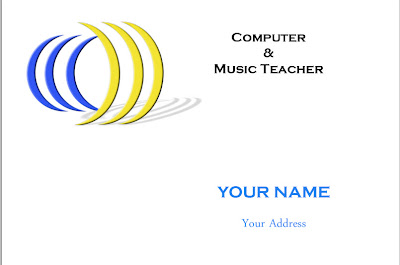
by: Robin Porter
Choosing a web designer can seem like a daunting task. They come in all shapes and sizes – from freelancers working at home to glossy new media agencies, and there is as much variation in prices and service as there is in size.So how do you choose the right one for your business?
Select Your Marketplace
Firstly, decide what market your would like to select from: local , national or overseas.
If you would feel more comfortable meeting your designer, and running through your project face to face (maybe it’s the kind of project that needs to “evolve”) ,and your ethos is “quality of service” rather than “Pile ‘em high, sell ‘em cheap” then a local web designer is for you. They can usually provide better back up, and be able to meet face to face to discuss your project and iron out any problems should they occur.
If you are a bit more budget conscious, then it makes sense to select from a “wider pool”. Getting quotes from designers across your country will usually obtain a more competitive quote. What you lose in face-to-face service is made up for in cost savings, and all but the largest web projects can usually be sorted out via telephone and email these days.
For the extremely cost conscious and value for money orientated (some would even say “brave”!) there is the overseas market. If you know exactly what you are looking for and can explain your project thoroughly and clearly in writing, then there are huge savings to be made. But what you save in price is invariably countered by having to do a little more work on your side – particularly when it comes to communication!
Finding Web Designers
To find a list of local web designers consult your Yellow Pages (or equivalent) or do a web search for “web designer “ “your area”. Looking further a field, you can do a web search or check out directories such as www.recommended-web-designers.co.uk . For overseas designers, go to web sites such as www.elance.com or www.rentacoder.com, the latter offering the benefit of escrow and arbitration services.
Draw up a shortlist
Draw up a shortlist of 3 or 4 designers to speak to. You can do this by visiting their websites, getting a feel for the type and size of business they are and looking at their online portfolio. Then call them – ask them questions about the type of clients they work for, timeframes and any other technical questions you have. Get a feel for how they communicate – whether they are on the same wavelength as you.
If you opted to go overseas, the websites already mentioned have ratings systems which can help you decide, and you can also send and receive private messages to ask questions.
Get Quotes
Once you have your shortlist, you can get quotes. For a straightforward website this can be a simple fixed price – for a more complicated project that is likely to evolve, you may just want to get a budget price at this stage, and then pin down details and a fixed price with your preferred bidder later. Always specify your expected timeframe for completion when obtaining quotes as this can affect prices.
Get References
Once you have your preferred bidder, get references. Any established web designer will be able to provide details of satisfied clients. Email them and ask if they were happy with the service received, if the job was completed on time, how unforeseen problems were dealt with etc.
Remember to trust your instincts: If you are not entirely happy with the references you obtain, walk away and select another designer.
Appoint your web designer
You now have a fixed price, references, and confirmed timescale for your project. Now appoint your designer!
Most have standard agreements –read them carefully, and if in doubt get your legal adviser to look them over. Make sure timescales and project milestones are specified, as well as payment terms. Find out how alterations to your project are dealt with – in terms of cost and delays – and how disputes if they arise would be settled.
Finally, when you are completely happy, sign on the dotted line and look forward to a productive working relationship with your web designer!
About the author:
Robin Porter has been CEO of of London based web designer Arpey Internet (http://www.arpey.co.uk) for over six years.



 Here is a free stock image of a candle. It has a black background.
Here is a free stock image of a candle. It has a black background.













